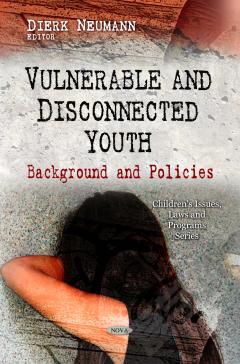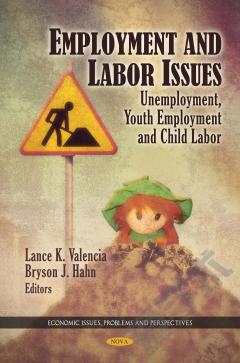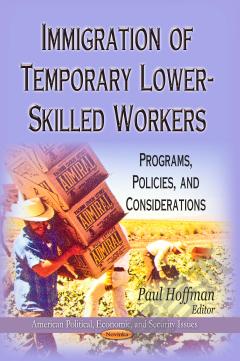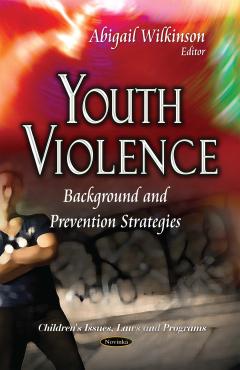Vulnerable Youth: Background, Policies, and Employment Programs
Congress has long been concerned about the well-being of youth. The nation’s future depends on young people today to leave school prepared for college or the workplace and to begin to make positive contributions to society. Some youth, however, face barriers to becoming contributing taxpayers, workers, and participants in civic life. These youth have characteristics or experiences that put them at risk of developing problem behaviors and outcomes that have the potential to harm their community, themselves, or both. Poor outcomes often develop in home and neighborhood environments that do not provide youth with adequate economic and emotional supports. This book first provides an overview of the youth population and the increasing complexity of transitioning to adulthood for all adolescents. It also provides a separate discussion of the concept of “disconnectedness,” as well as the protective factors youth can develop during childhood and adolescence that can mitigate poor outcomes. Further, the book describes the evolution of federal youth policy, focusing on three time periods, and provides a brief overview of current federal programs targeted at vulnerable youth.
{{comment.content}}








 京公网安备 11010802027623号
京公网安备 11010802027623号